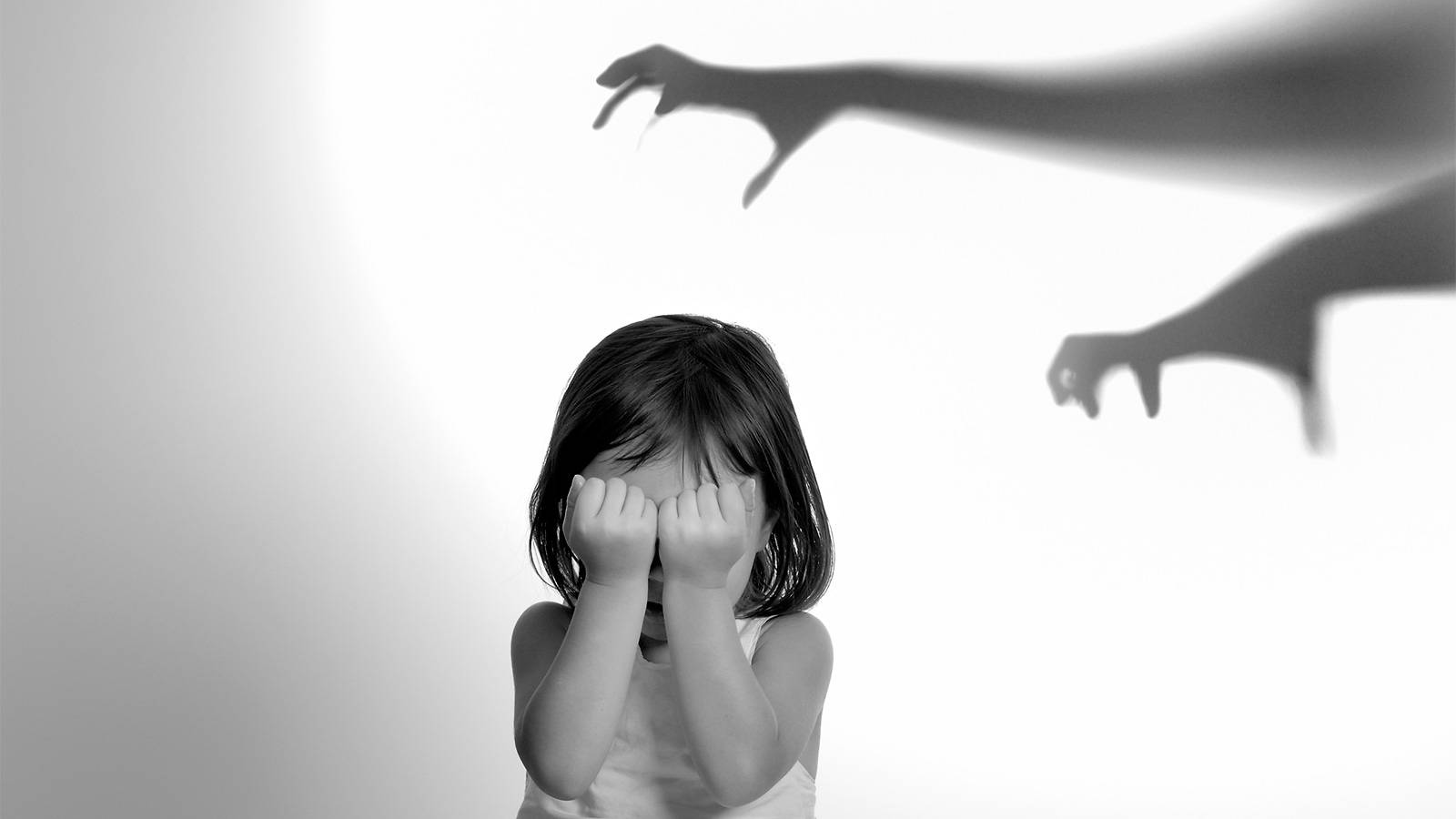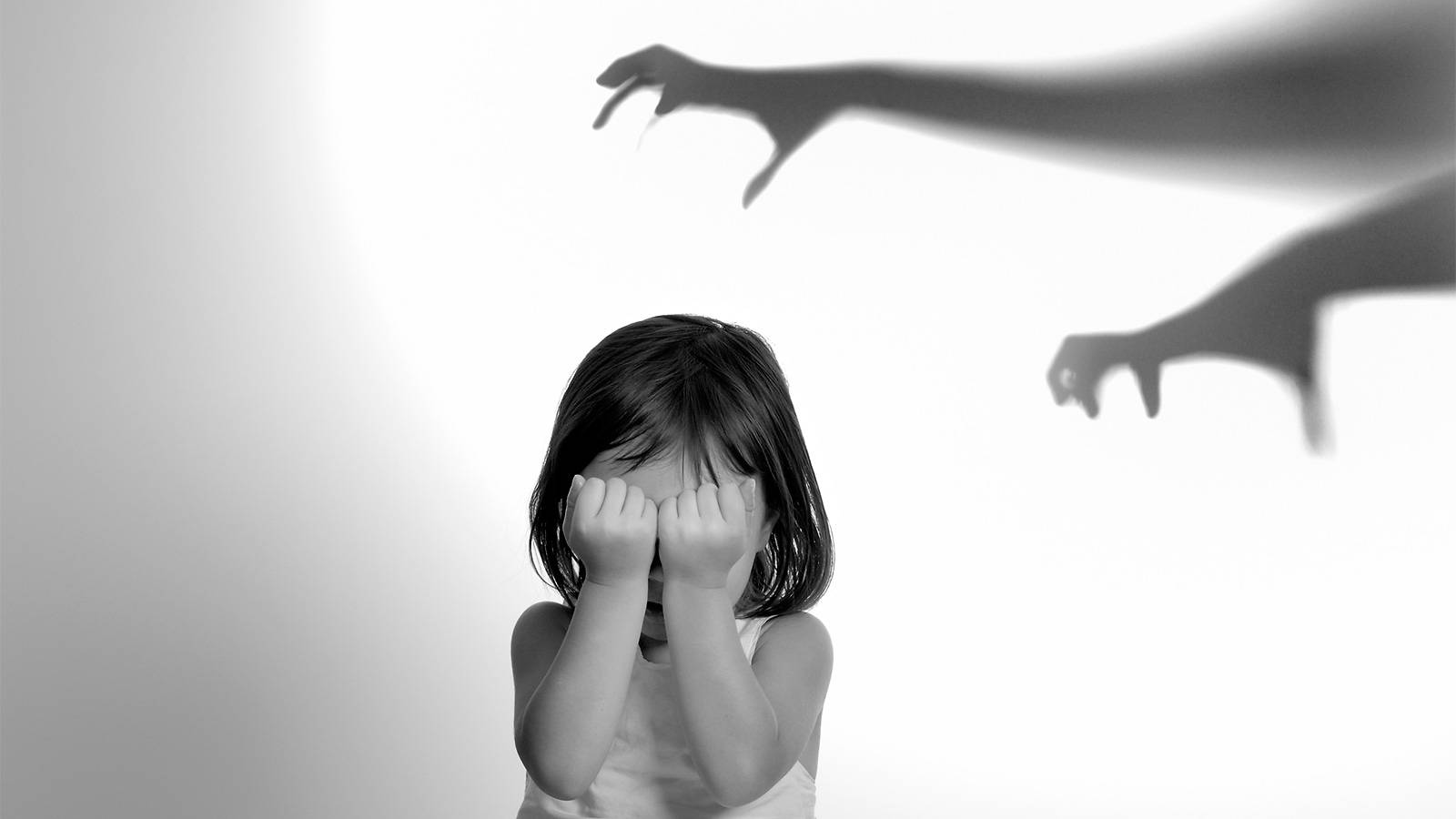From ghosts and darkness to insects, follow these easy strategies to help junior cope with his fears…

As junior starts to explore a lot more about the world around him, he’ll need to confront new challenges and handle new anxieties.
There’ll be some fears that junior will come to terms with over time, while he will have to learn how to cope with for others. This will turn him into a stronger and more resilient individual.
Daniel Koh, a psychologist at Insights Mind Centre, points out that it’s normal for kids to fear the unknown, such as darkness, ghosts or leaving their parents on the first day of school. “Once the child experiences positive outcomes or learns new awareness, skills or knowledge for such causes, he will be able to deal with them and move on.”
However, if the child’s anxiety is the result of a traumatic experience — which doesn’t have to be first-hand — Koh says it will be harder for them to move on, especially if he is likely to find himself in the same situation in the future. For example, if he fears that he might be attacked by a dog again, you can help junior cope by sharing certain strategies with him.
Sweaty palms or a rapid heartbeat are physical signs of your kiddo’s anxiety ― and he can handle his fear in one of two ways — fight or flight.
Sweaty palms or a rapid heartbeat are physical signs of your kiddo’s anxiety ― and he can handle his fear in one of two ways — fight or flight. So, junior might either confront his fear head on or produce reasons to avoid being in the scary situation.
If he does not resolve the fear, it may become persistent and extreme, which might develop into a phobia. A phobia often impacts a child’s behaviour in more intense — and possibly debilitating — ways. You should not waste any time getting an expert ― a psychologist or psychiatrist ― to treat junior’s condition!
As parents, your role is to help your offspring cope with their anxieties, since the sooner your child learns to manage their fears, the less likely they are to turn into phobias. Koh has several tips you can use:
1. Recognise your child’s fear and talk about it Discussing with your child what it is that frightens him can make the fear seem less menacing and less powerful. Encourage junior to talk about his fears, so that you and his other caregivers can offer support. Koh explains, “This shows them that they do not have to fight it alone but as a team.”

2. Don’t belittle your kid’s fear You’ll only make matters worse when you write off what scares him. You will also discourage him from sharing his fears with you if you tell him that his intense reactions are irrational and unnecessary. Nor should you assume that he’ll be able to handle his fear with age. Saying things like “Big boys don’t cry” and “You are a big boy now” won’t help your child deal with his fears. And whatever you do, don’t laugh at your child, Koh cautions.
3. Admit your own fears Adults can have fears and phobias, too ― as parents, you are your kids’ best role models, so junior will try to emulate you. Koh stresses, “Be honest and admit that [it is normal for] adults to have fears and [open up] about how you deal with it.” Doing so will encourage sharing and make it easier for them to discuss their own fears.
Simple repetitive mantras like “I can do it!” and “I will be okay!” can help your child cope with the physical signs of his fears.
4. Don’t go out of the way to avoid encounters with feared objects Especially when the object that causes the panic is a part of your daily routine. For instance, if your mini-me is apprehensive about walking past the neighbour’s house because they have a ferocious pet dog, it’s only going to limit his ability to move about. So, accompany him when he walks past the feared gate and down the corridor ― without walking faster or jumping ahead ― and offer words of support as you walk.
5. Teach your child affirmations Simple repetitive mantras like “I can do it!” and “I will be okay!” can help your child cope with the physical signs of his fears, such as sweaty palms and a quickened heartrate. Enhance the calming effects of these one-liners by teaching him relaxation and visualisation techniques, like meditation. Your goal is to rewire junior’s brain to work in a more helpful manner.
Photos: iStock
Check out these stories, too…
50 positive things to say to your child
